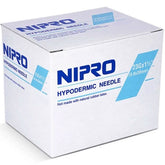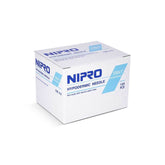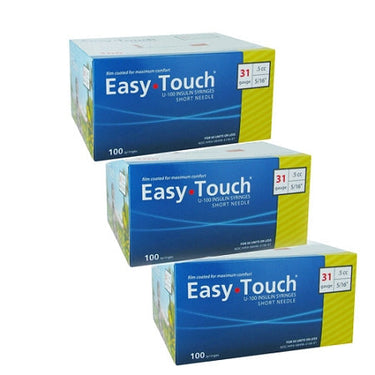Sharp containers are specially designed for the disposal of sharp waste such as needles, syringes, scalpels, and any other medical instrument that can pierce the skin. With improper disposal posing significant health risks, the importance of these containers cannot be overstated.
Sharps pose a risk of injury and potential infection from diseases such as HIV, Hepatitis B, and Hepatitis C. Hence, understanding sharp containers, their use, and guidelines is critical to maintaining a safe environment in health care facilities, laboratories, and even in homes where sharps are used.
What Defines a Sharp Container?
A sharp container is characterized by its robust construction, designed to resist punctures and leaks. These containers are typically made from rigid plastic, resistant to penetration by sharps, and are often red or yellow to indicate biohazardous content. Most importantly, they must be securely sealable to prevent spillage or unauthorized access.
Apart from their robust construction, sharps containers should be easily accessible and placed in every area where sharps are used or may be found. They come in various types and sizes to cater to different needs, ranging from large bins in hospitals to portable versions for travelers with conditions like diabetes.
Example of a Sharp Container
An example of a common sharp container is the BD 305443 Sharps Container. This container is renowned for its safety-conscious design and user-friendly features. Made from puncture-resistant plastic, it's typically red with a clear lid that has a single or dual opening to dispose of sharps safely.
The container's horizontal-drop design allows for maximum usage of the container volume. BD 305443 is also autoclavable, which means it can be sterilized in high-pressure, high-temperature steam, enhancing safety. The varying sizes available make it suitable for different settings, from clinical environments to home use.
What Type of Container Does a Sharp Go In?
The choice of a sharps container depends largely on the type of sharp waste to be disposed of. It's important to note that not all containers are suitable for all types of sharps. For instance, larger sharps such as surgical instruments require a larger container with a wider aperture.
Here are some general criteria for choosing a sharps container:
- Must be rigid and puncture-resistant
- Should be leak-proof on the sides and bottom
- Must be appropriately labeled or color-coded
- Should have a lid that can be tightly secured when the container is not in use
Understanding OSHA Requirements for Sharps Containers
The Occupational Safety and Health Administration (OSHA), as part of their Bloodborne Pathogens Standard, provides strict guidelines on how sharps should be handled and disposed of. According to OSHA, sharps containers must be closable, puncture-resistant, leak-proof on the sides and bottom, and labeled or color-coded.
Containers also need to be maintained upright throughout use, replaced routinely, and not be allowed to overfill. They must also be easily accessible and located as close as feasible to the immediate area where sharps are used or can be reasonably anticipated to be found.
How Often Should Sharps Containers be Replaced?
Determining when to replace sharps containers can depend on a variety of factors such as the volume of sharp waste generated and the specific policy of a healthcare facility. However, a fundamental rule is that sharps containers should never be filled beyond the fill line indicated on the container. Overfilling can lead to accidental needle-stick injuries.
Typically, sharps containers in high-use areas like hospitals may need to be replaced every week, while in lower use areas or home use, it could be every month. But it is crucial to follow the specific recommendations from the container manufacturer and the regulations of the local health department.
What is Considered Sharp Waste?
Sharp waste refers to any biomedical waste that can puncture, lacerate, or pierce the skin. Common examples include:
- Needles, including hypodermic needles, acupuncture needles, and tattoo needles.
- Surgical instruments such as scalpels and lancets.
- Glass items like ampoules and slides.
- Certain types of plastic waste like pipettes and catheters.
It's critical to treat sharp waste with caution, as improper handling can lead to injuries and possible infection. These materials should be immediately placed in a sharps container after use to prevent harm.
Final Thoughts on Sharp Containers
The importance of correctly using and maintaining sharps containers cannot be overstated. These containers are a crucial tool in any healthcare setting, playing a vital role in preventing unnecessary injuries and potential infections.
Ensuring the safe disposal of sharps not only keeps healthcare workers safe but also patients and the public. By following the appropriate guidelines and regulations, we can all contribute to a safer healthcare environment.
Please note that the information in this blog is up to date as of 2023 and is based on the most current guidelines from OSHA and other reliable sources. For the most accurate and current information, always refer to the direct guidelines provided by OSHA and your local health department.






